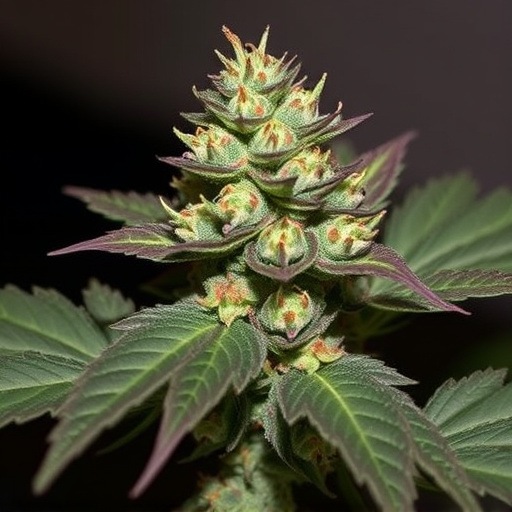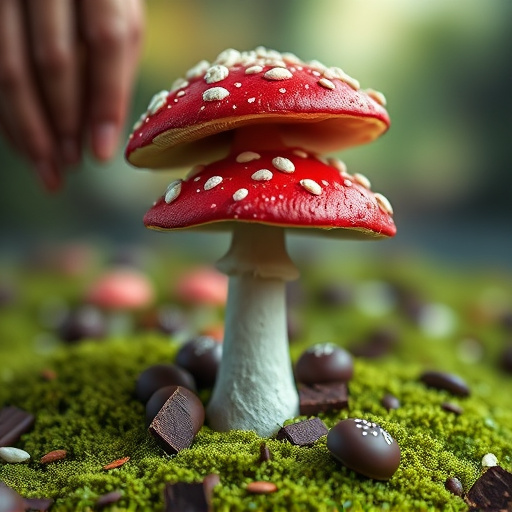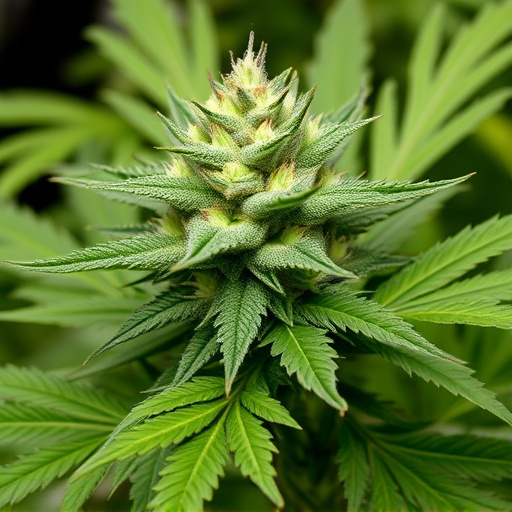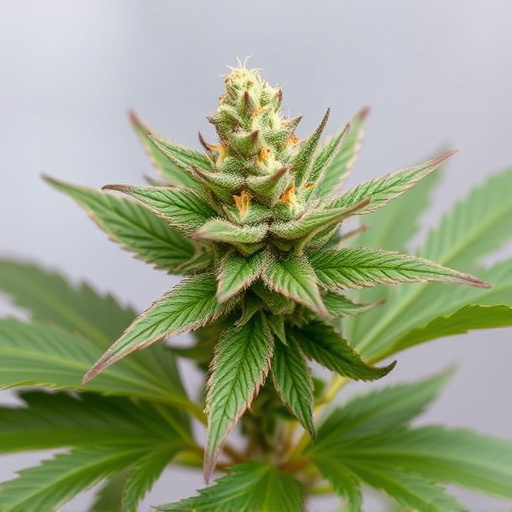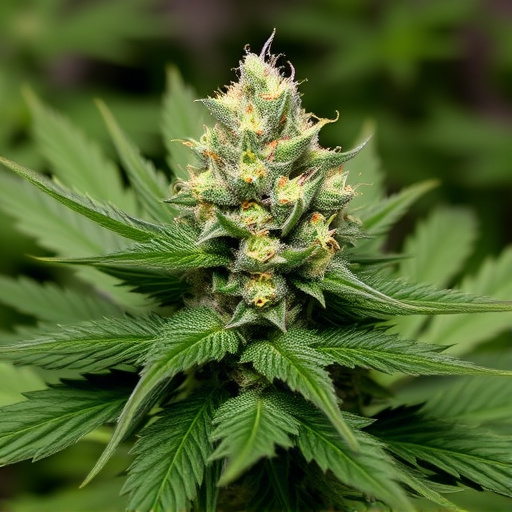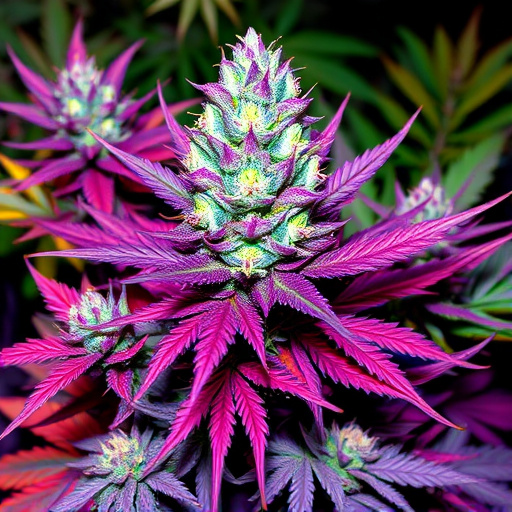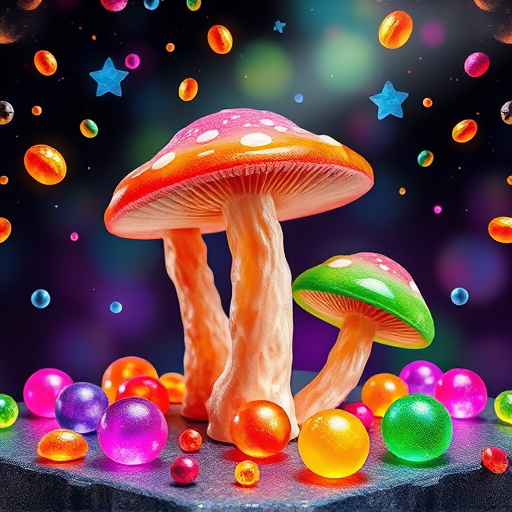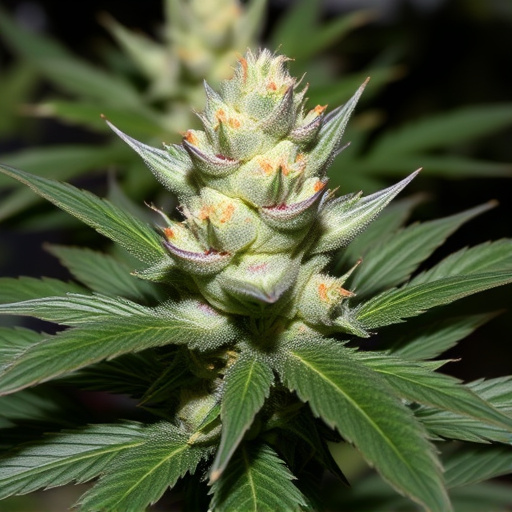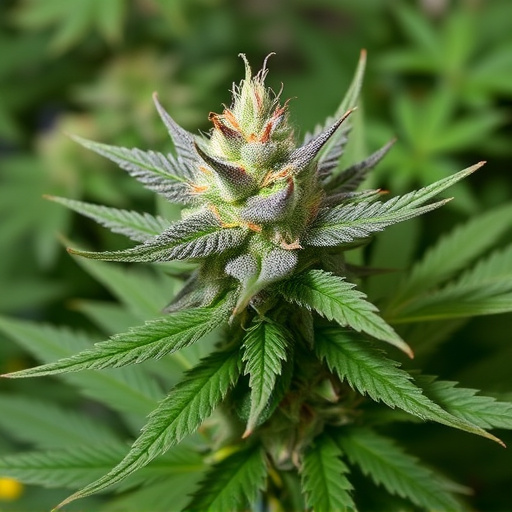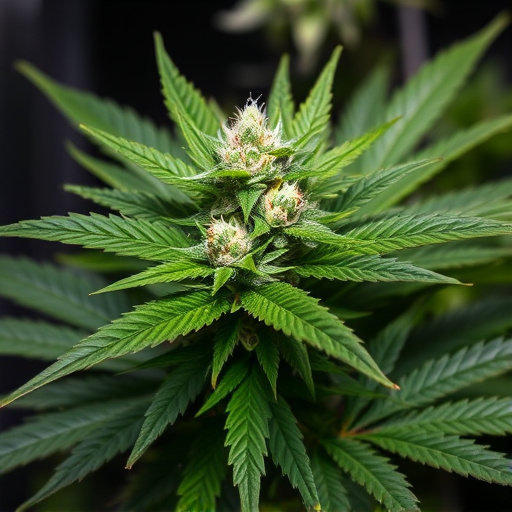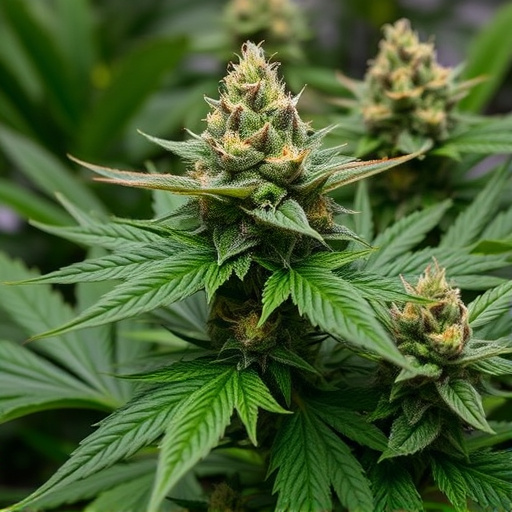Top shelf cannabis strains offer a balanced mix of tetrahydrocannabinol (THC) and cannabidiol (CBD), catering to both recreational and medicinal users. These high-quality strains, cultivated with precision, provide consistent potency and therapeutic effects due to their rich cannabinoid and terpene profiles. While THC induces euphoria and relaxation, CBD offers potential stress relief without altering moods. Personal factors like tolerance and environment, along with the unique chemical profiles of different top shelf cannabis strains, significantly influence individual responses to cannabis.
Cannabis flower’s impact on mood and emotions is a complex interplay of various compounds, with THC and CBD being the most studied. This article explores how these compounds affect psychological states, focusing on the role of premium, top shelf cannabis strains. We’ll delve into the science behind their emotional responses, considering individual variations influenced by personal factors. Understanding these dynamics is crucial for navigating the effects of cannabis, highlighting the importance of high-quality strains in shaping one’s emotional experience.
- Understanding Cannabis Compounds and Their Impact on Mood
- The Role of Top Shelf Cannabis Strains in Emotional Response
- Personal Factors and Individual Variations in Cannabis Effects
Understanding Cannabis Compounds and Their Impact on Mood
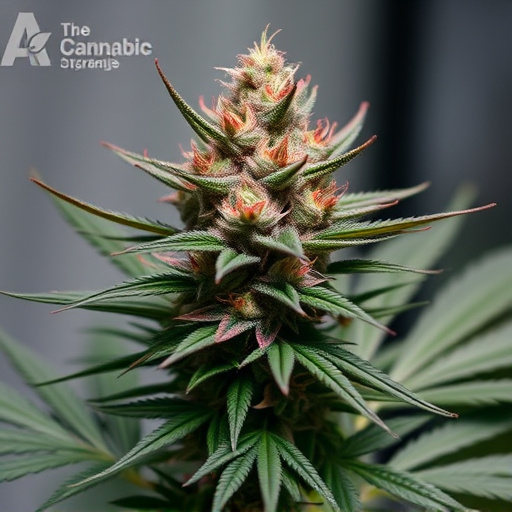
Cannabis flowers contain a diverse range of chemical compounds, with tetrahydrocannabinol (THC) and cannabidiol (CBD) being the most well-known. These compounds interact with our bodies’ endocannabinoid system, which plays a significant role in regulating mood, appetite, pain perception, and memory. When we consume cannabis, especially top shelf cannabis strains, these compounds bind to receptors in our brain, triggering various effects.
THC is primarily responsible for the plant’s psychoactive properties, inducing feelings of euphoria and relaxation. It can boost dopamine levels, contributing to heightened mood and pleasure. On the other hand, CBD has gained attention for its potential therapeutic benefits. Unlike THC, it doesn’t produce a “high” but may help regulate mood by interacting with serotonin receptors and influencing neurochemical balance, making it an appealing option for those seeking stress relief without mind-altering effects.
The Role of Top Shelf Cannabis Strains in Emotional Response
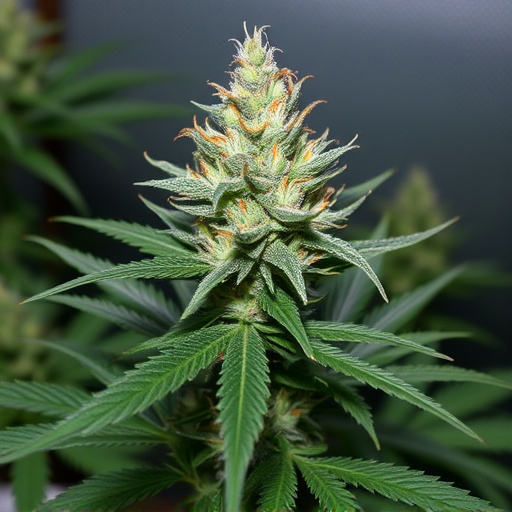
Top-shelf cannabis strains play a significant role in shaping an individual’s emotional response due to their unique cannabinoid profiles and terpene content. These high-quality strains are meticulously cultivated, ensuring consistency in potency and effectiveness. The cannabis plant contains over 100 cannabinoids, with THC (tetrahydrocannabinol) and CBD (cannabidiol) being the most well-known. Top-shelf strains often boast higher levels of these compounds, which can modulate mood, reduce anxiety, and induce feelings of relaxation or euphoria.
The emotional impact of cannabis is not solely dependent on its chemical composition but also on the interaction between cannabinoids and our endocannabinoid system. Terpenes, aromatic compounds found in cannabis, further contribute to its therapeutic effects by enhancing or altering the overall experience. Different top-shelf strains may evoke varying emotional responses, with some promoting calmness and others stimulating creativity or social interaction. Understanding these nuances allows consumers to choose strains that cater to their specific emotional needs, making cannabis a versatile tool for managing mood and emotions.
Personal Factors and Individual Variations in Cannabis Effects
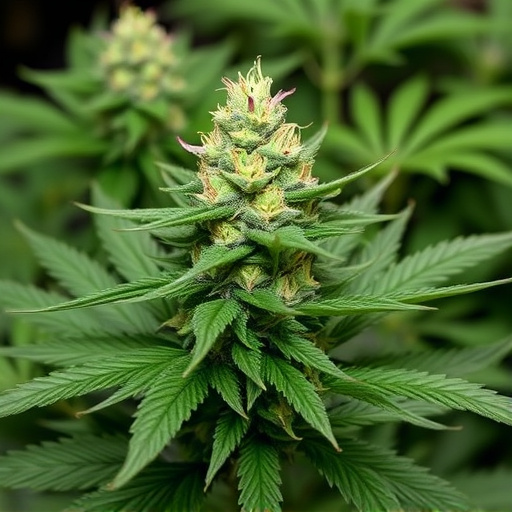
Personal factors play a significant role in determining how an individual will respond to cannabis, even with the same strain. The effects can vary greatly from person to person due to several unique aspects. One key factor is tolerance—regular users may build up a higher threshold for THC (tetrahydrocannabinol), leading to different experiences compared to occasional consumers. Additionally, personal expectations and environment significantly influence mood alterations. A positive setting and favorable expectations can enhance feelings of relaxation or euphoria, while negative surroundings might heighten anxiety or paranoia in susceptible individuals.
The choice of top shelf cannabis strains also contributes to these variations. Different breeds offer distinct chemical profiles with varying concentrations of THC, CBD (cannabidiol), and other cannabinoids. Some strains are known for their mood-boosting effects, containing higher levels of THC and lower amounts of CBD, which can be ideal for managing stress or depression. Conversely, strains rich in CBD may provide more calming and anti-anxiety benefits, making them suitable for individuals seeking to alleviate anxiety or insomnia without the psychoactive effects.
Cannabis flower’s effect on mood and emotions is a complex interplay between its compounds and individual factors. Understanding how top shelf cannabis strains interact with our endocannabinoid system explains their potential to evoke diverse emotional responses. While research continues, recognizing personal variations in reactions is key. By considering both the strain’s properties and one’s unique biology, individuals can navigate the therapeutic potential of cannabis for mood regulation, ensuring a personalized and positive experience with top shelf cannabis strains.

